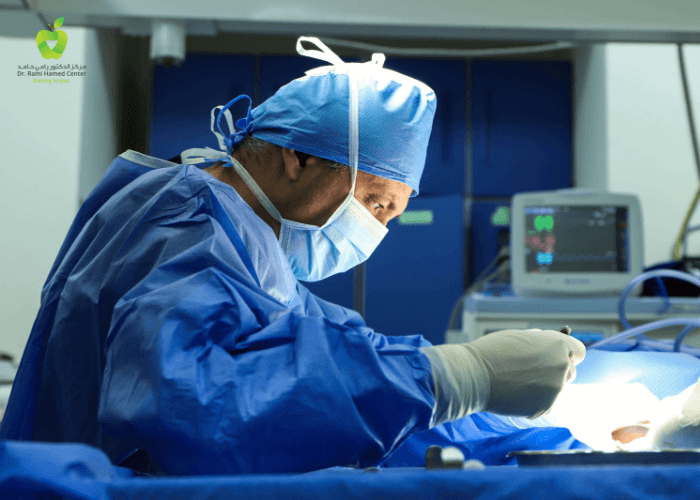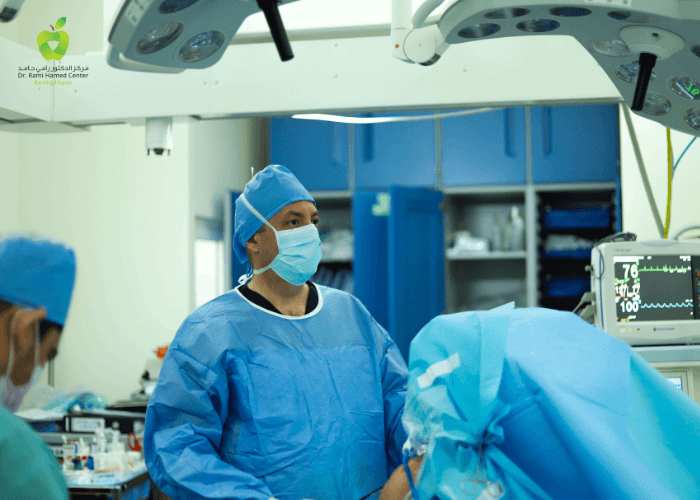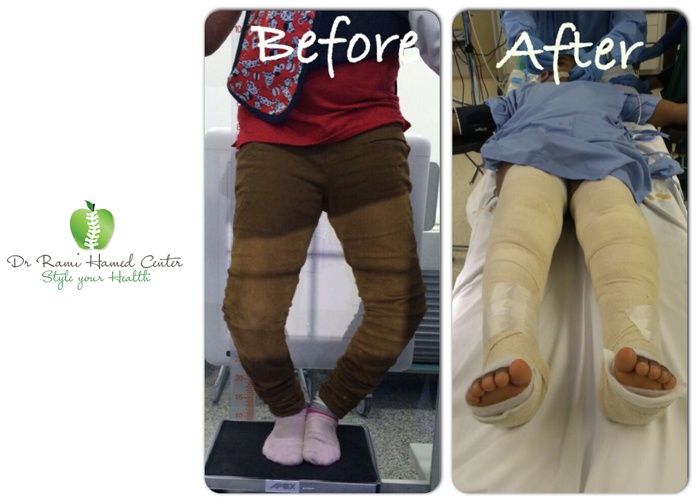Posterior Tibial Tendon Dysfunction (PTTD) at DRHC Dubai Foot and Ankle Clinic
Posterior Tibial Tendon Dysfunction (PTTD) is a condition that occurs when the posterior tibial tendon—which supports the arch of the foot—becomes damaged or inflamed, leading to progressive collapse of the arch. Often referred to as adult-acquired flatfoot, PTTD is one of the leading causes of flatfoot deformity in adults, resulting in pain, swelling, and difficulty with movement. Early detection and treatment are essential to prevent the condition from worsening and avoid permanent deformity.
Causes and Risk Factors
The posterior tibial tendon runs from the calf to the inside of the foot, playing a crucial role in arch support and foot stability. PTTD develops when this tendon is overstretched, torn, or degenerated, leading to loss of arch height and flatfoot. Some of the common causes and risk factors include:
- Overuse injuries: Repetitive activities like running, walking, or climbing.
- Trauma: Direct injury or sudden strain to the tendon.
- Inflammatory conditions: Rheumatoid arthritis or other joint disorders.
- Obesity: Increased body weight adds stress on the tendon.
- Age-related degeneration: Tendons naturally weaken with age.
Symptoms of Posterior Tibial Tendon Dysfunction
PTTD typically progresses through stages, with symptoms becoming more severe over time if left untreated:
- Stage 1: Pain, swelling, and tenderness along the inside of the ankle.
- Stage 2: Visible flattening of the arch, with pain and difficulty standing on tiptoe.
- Stage 3: A rigid flatfoot develops, with increased pain along the outside of the ankle.
- Stage 4: Arthritis may develop in the ankle joint, leading to chronic pain and reduced mobility.
Diagnosis of Posterior Tibial Tendon Dysfunction
At DRHC Dubai, diagnosing PTTD involves a detailed physical examination and imaging tests. A specialist will assess the foot’s range of motion, alignment, and ability to stand on tiptoes. The following diagnostic tools may be used:
- X-rays: To assess any changes in bone alignment and joint involvement.
- MRI or Ultrasound: To detect tendon damage or tears.
- Weight-bearing Tests: To evaluate the extent of arch collapse.
Early diagnosis is crucial to managing the condition effectively and preventing permanent deformity.
Treatment Options for Posterior Tibial Tendon Dysfunction
Treatment at DRHC Dubai is customized based on the severity of the condition. Early stages of PTTD can be managed non-surgically, while advanced cases may require surgical intervention.
Non-Surgical Treatments
- Rest and Activity Modification: Reducing weight-bearing activities can alleviate symptoms.
- Custom Orthotics or Braces: Support devices help maintain arch stability and reduce pain.
- Physical Therapy: Strengthening exercises for the posterior tibial tendon and foot muscles improve function.
- Anti-Inflammatory Medications: Manage pain and swelling.
- Corticosteroid Injections: Provide temporary relief by reducing inflammation.
Surgical Treatment for Advanced PTTD
If non-surgical treatments are not effective or the condition has progressed to a rigid flatfoot, surgical intervention may be necessary. Surgical options at DRHC Dubai include:
- Tendon Reconstruction: Replacing the damaged posterior tibial tendon with another healthy tendon.
- Osteotomy: Realigning bones to restore the arch of the foot.
- Fusion Surgery: In severe cases, joints in the foot or ankle are fused to provide stability and relieve pain.
- Soft Tissue Repair: Repairing torn or degenerated tendon tissue.
Surgery is followed by a comprehensive rehabilitation program to restore mobility and strength. Full recovery can take several months, but with proper care, patients can return to normal activities without pain.
Why Choose DRHC Dubai for PTTD Treatment?
At DRHC Dubai, our team of orthopedic and foot specialists is dedicated to providing world-class care for Posterior Tibial Tendon Dysfunction. We offer:
- Accurate diagnosis using advanced imaging technologies.
- Personalized treatment plans based on your unique condition.
- Expertise in minimally invasive and reconstructive surgeries for long-term relief.
- Comprehensive post-operative care to ensure a smooth recovery.
.png?width=281&height=59&name=bookanappointment%20(1).png)
If you are experiencing foot pain, difficulty standing on tiptoes, or arch collapse, it’s important to seek medical advice early. Book an appointment today at DRHC Dubai to explore the best treatment options for Posterior Tibial Tendon Dysfunction and prevent the progression of flatfoot call at +97142798200.




.png?width=281&height=59&name=bookanappointment%20(1).png)






